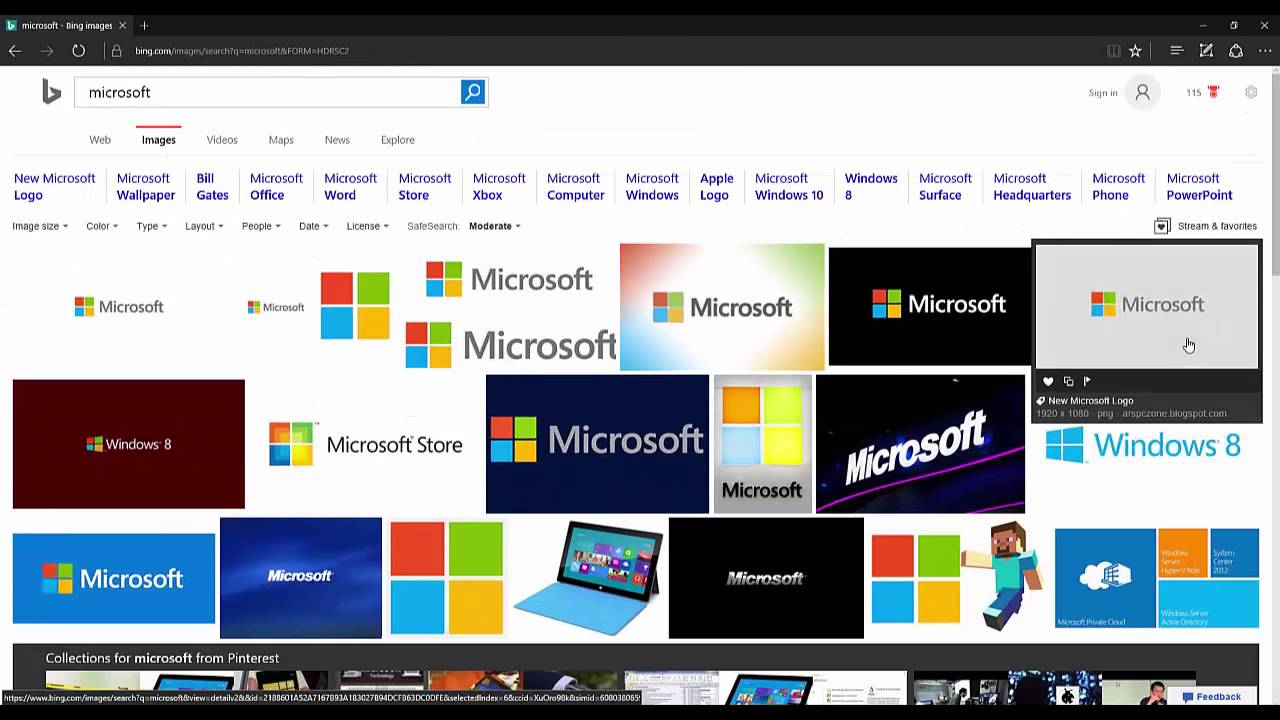To help put victims back in control of their online imagery and their privacy, one year ago today Microsoft announced its approach to non-consensual pornography on our consumer services. We see this milestone as an appropriate time to take stock of our efforts to-date and to review how our dedicated reporting method was received and is being used.
Sharing sexually intimate images of another person online without that person’s consent is a gross violation of personal privacy and dignity, not to mention a crime in several places. Such conduct, commonly referred to as “revenge porn,” and other forms of digital incivility, are on the rise globally, plaguing online environments and damaging nearly every aspect of a victim’s life.
In the first six months that Microsoft began removing links to photos and videos from search results in Bing, and blocking access to the actual content when shared on OneDrive or Xbox Live, we received a total of 537 requests for content takedowns via our dedicated web reporting page. Of those requests, 63 percent (338) were accepted and the remainder have been denied, largely because they were not, in fact, requests to remove non-consensual pornography.
When we remove links or content, we do so globally and, as promised last July, we started reporting these data in March. Removal requests for the six months ending June 2016 will be reported in September as part of our twice-annual Content Removal Requests Report, one of three such documents available at our Transparency Hub.
Since September, our web-reporting form has been available in 38 languages and 86 locales in which Microsoft does business. In April, we started receiving non-English-language takedown requests from victims in Germany and the Netherlands, and have since also received reports from victims in Brazil, Denmark, India and the U.K.
Taking the past year’s learnings into account, we want to make it easier for victims to understand what we need from them so that we’re able to respond to their requests quickly and completely. To help with this, we’ve created a new video to explain how to locate “source” URLs to non-consensual pornography. Obtaining these source URLs allows us to more swiftly remove such links from Bing search. We encourage victims, advocates and concerned friends to watch the video so that requests for content removal, when submitted, can be as detailed and complete as possible.
As this offensive conduct has increased, momentum is growing to fight back. Most recently, Rep. Jackie Speier (D-California) introduced a bipartisan bill criminalizing distribution of non-consensual pornography. Microsoft participated in California Attorney General Kamala Harris’ initiative, and we shared our approach to addressing non-consensual pornography in public forums, including The Family Online Safety Institute’s annual conference last November.
We’ll continue to iterate on our reporting mechanisms, improve their discoverability and our processes, and grow our collaborative efforts because we remain committed to combatting non-consensual pornography on our services. We want to encourage a culture of digital civility across our online properties and the internet at large, and we’ll soon be releasing new research in this area. In the meantime, for more information about revenge porn, visit the Cyber Civil Rights Initiative or Without My Consent. To learn more about online safety generally, see our website and resources; “like” us on Facebook and follow us on Twitter.
At the time of writing of this post, Jacqueline Beauchere’s title was Chief Online Safety Officer.

